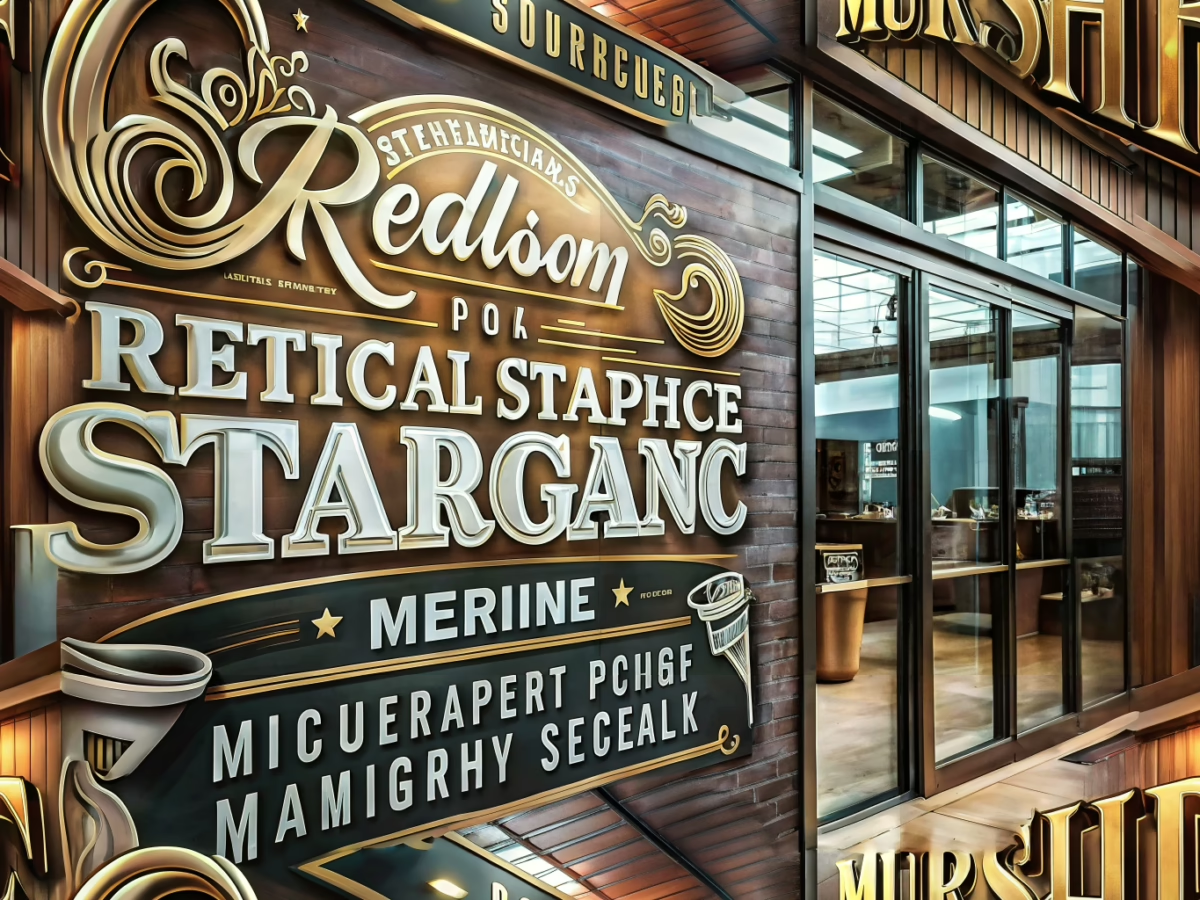Captivating Audiences with Tailored Signage
Imagine walking down a bustling street in Michigan, where every sign seems to speak directly to you. Personalized signage has the power to increase customer engagement by up to 20%, transforming the way businesses connect with their audience. In a world where standing out is crucial, both printed and digital signage are evolving, offering fresh avenues for businesses to capture attention and build loyalty. Let’s delve into how custom signage solutions and personalized business signs are reshaping the landscape for local businesses in Michigan.
The Art of Personalization in Signage
Personalization in signage is all about crafting messages that resonate with specific audiences. While static printed signs have long been a staple, the digital age has ushered in dynamic displays that offer real-time customization. For Michigan businesses, these custom signage solutions are not just about aesthetics; they’re about enhancing brand identity and enriching the customer experience. A recent study highlights that 80% of consumers are more inclined to engage with brands that offer personalized experiences, underscoring the importance of this approach.
Digital Signage: A Canvas for Creativity
Digital signage is a game-changer with its ability to deliver dynamic content and targeted messaging. Unlike their static counterparts, digital displays can be updated instantly to reflect the latest promotions or events, making them perfect for Michigan’s vibrant business environment. Picture a local café using digital signage to highlight today’s specials or upcoming live music nights, drawing in curious passersby. The use of animated graphics or video content can further captivate audiences, making digital signage an indispensable tool for businesses aiming to leave a lasting impression.
Custom Signage Solutions: Tailoring the Message
In today’s competitive market, customization is not just an option; it’s a necessity. Industry experts like John Smith emphasize that “The future of signage lies in personalization. Businesses that embrace custom solutions will stand out in a crowded marketplace.” Both printed and digital signs offer distinct advantages. Printed signs provide a tangible, enduring presence, while digital signs offer the flexibility and immediacy that today’s fast-paced world demands. By staying informed about industry trends and expert insights, businesses can craft signage strategies that truly resonate.
Transforming Michigan’s Business Landscape
For Michigan’s local businesses, personalized signage is both a challenge and an opportunity. While the initial investment and technological adaptation may seem daunting, the potential rewards are immense. Personalized signage can set brands apart, draw in new customers, and foster loyalty. Successful strategies involve aligning signage with business goals, understanding the target audience, and selecting the right blend of printed and digital options. By doing so, businesses can effectively communicate their brand message and carve out a unique space in the local market.
Building Bridges with the Community
The benefits of personalized signage extend beyond business growth; they foster a sense of community and identity. For Michigan businesses, embracing this shift can lead to significant growth and a positive community impact. As businesses explore personalized signage, sharing experiences and insights becomes crucial. Engaging in community dialogue not only encourages collaboration but also sparks innovation, driving the local business scene forward.
To explore how custom signage can set your business apart, learn more about our comprehensive solutions
here.

